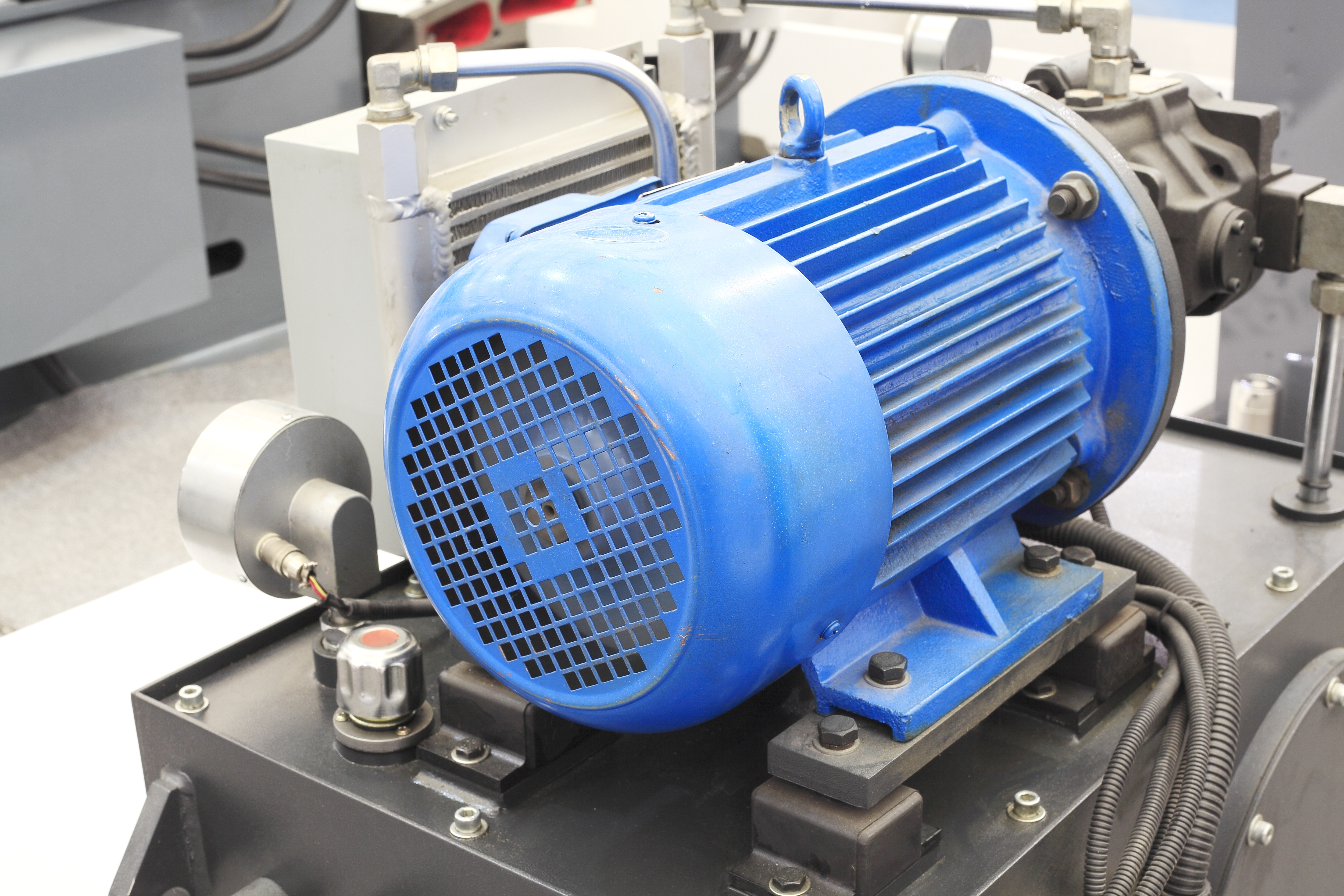

What is an induction motor?
An induction motor is a type of motor that only has armotisseur windings. A very commonly used motor in different applications, an induction motor is among the most modest motors when it comes to its construction.
As is suggestive from its name; the induction motor works on the principle of induction. So, when the rotating magnetic field of stator cuts the stationary rotor, an electro-magnetic field gets induced into the rotor. An induction motor is commonly utilized in residential, commercial, as well as industrial settings.
Induction motors are also known as asynchronous motors, as they run at a speed which is lower than the synchronous speed (speed of rotating magnetic field in the stator).
Types of induction motors
Although induction motors can also be classified as squirrel cage motors and slip ring motors, when divided based on rotor types, the most common types are – single phase induction motor and three phase induction motor.
Single phase induction motors are connected to a single-phase power supply and are not self-starting, whereas, three phase induction motors have three single phase lines with 120° of phase difference. Since the rotating magnetic field has same phase difference, it makes the rotor move. Three phase induction motors are thus, self-starting.
Basic working principle
Unlike DC motors, wherein both the stator and rotor windings need to be supplied with electric current, an induction motor only needs the stator winding to be fed with current. The AC supply produces an alternating flux around the stator winding, which revolves with synchronous speed. This revolving flux is then described as a rotating magnetic field or RMF.
Now, as per Faraday’s law of electromagnetic induction, the relative speed between rotor conductors and stator RMF leads to an induced emf in the rotor conductors. The rotor conductors are short circuited; therefore, rotor current is produced due to induced emf, earning the induction motor its name.
The induced current in the rotor further goes on to create alternating flux around it. The stator flux leads the rotor flux. According to Lenz’s law, the direction of induced rotor current opposes the cause of its production. Here, since the relative velocity between the rotor and stator flux is the cause of production of rotor current, the rotor tries to draw level with the stator RMF.
Hence, the rotor rotates in a direction that is the same as that of the stator flux, in order to diminish the relative velocity. In any case, the synchronous speed and the speed of the rotor are never the same.
This working principle applies to both single phase and three phase induction motors.
BIS Standard for induction motor
Acknowledging the need for energy saving in view of the energy scarcity, climate change mitigations and the potential that exists with energy efficient motors, number of countries have issued directives to withdraw lower efficiency classes and adopt higher efficiency class motors.
IS 12615: 2018 is the Indian Standard for energy efficient motors covering efficiency classes and performance specifications of single-speed line operated energy efficient, 3 phase squirrel cage induction motors. This holds true for induction motors in 2, 4, 6 poles for frame sizes ranging from 71 up to and counting 315L. The rated voltage is 415 V and the frequency, 50Hz.
According to the standard, the minimum energy efficiency class is IE2 or that with 84% efficiency. This is also a part of the mandatory certification scheme, issued by DIPP, through Energy Efficient Induction Motors — Three Phase Squirrel Cage (Quality Control) order, 2017 issued by DIPP on 18th January 2017 with effective from 1st October 2017.

Written By: Neha Agarwal, Scientist ‘B’, ETD
Go Back
Comments
Title : 2 thoughts on “A basic guide to Induction Motors”
Hello, it was surprising to see that BIS has been bringing out such useful, informative and beautiful contents. Great work, keep going
Very much easily described the descriptions of the motors . thank you respected ,